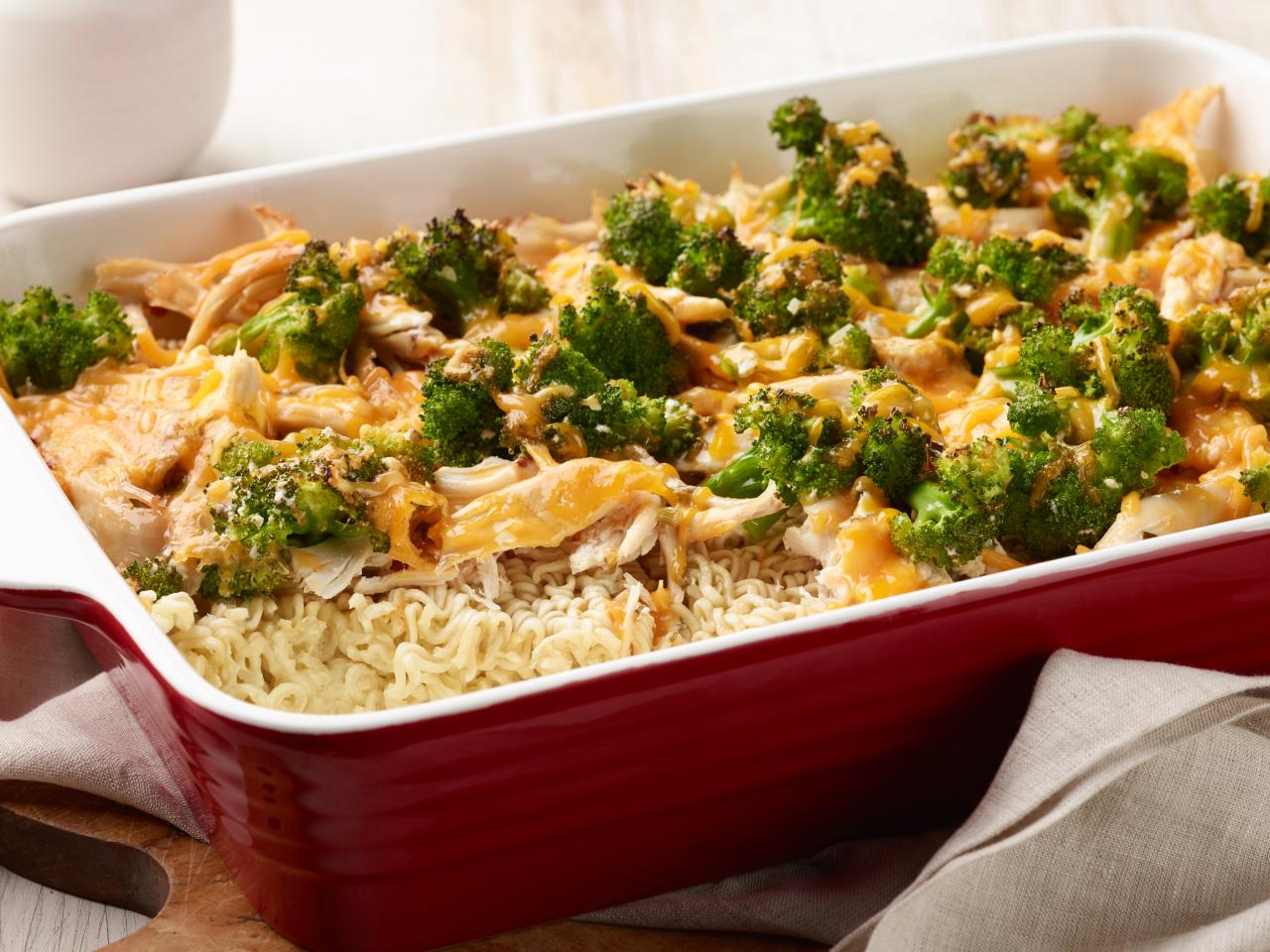
Have you ever wondered how to cook pheasant casserole in a way that both impresses and delights your guests? This captivating dish offers a symphony of flavors, blending the gamey taste of pheasant with a medley of herbs, vegetables, and rich, savory sauce. In this comprehensive guide, we will walk through each step meticulously, ensuring your pheasant casserole emerges as the star of your next dinner gathering.
For those who are ardent lovers of fine cuisine, understanding how to cook pheasant casserole not only enhances your culinary skills but also broadens your appreciation for game meat and traditional cooking techniques. From the selection of the perfect bird to the final aromatic serving, this article dives deep into every aspect, presenting a holistic view.

The Historical Charm of Pheasant Casserole
The roots of pheasant casserole can be traced back to various regional cuisines where game meat played a pivotal role due to its rich, natural flavors and availability. Pheasant, in particular, has been a prized ingredient in many rural kitchens throughout history. Learning how to cook pheasant casserole is like stepping into a time capsule, where every ingredient narrates a story of old-world charm and time-honored recipes. The allure of this dish lies in its rustic simplicity paired with sophisticated flavorsan ode to both heritage and culinary progress.
Gathering Your Ingredients
Before delving into the cooking process, the first step in mastering how to cook pheasant casserole is gathering the finest ingredients. Its essential to select fresh, high-quality ingredients to ensure each flavor component shines through. Heres what youll need:
- 1 whole pheasant, cleaned and jointed
- 2 tablespoons olive oil
- 1 large onion, finely chopped
- 2 cloves garlic, minced
- 2 carrots, diced
- 2 celery stalks, chopped
- 200g mushrooms, sliced
- 1/2 cup red wine
- 2 cups chicken or pheasant stock
- 1 tablespoon tomato paste
- 3 sprigs fresh thyme
- 2 bay leaves
- Salt and pepper to taste
- Fresh parsley for garnish

Preparation Steps
Step 1: Prepping Your Pheasant
To begin the journey of how to cook pheasant casserole, meticulously cleaning and jointing your pheasant is imperative. Using a reliable knife set and a sturdy cutting board will make this process smoother. Rinse the pheasant under cold water and pat dry with paper towels. Carefully remove any remaining feathers or giblets. With the bird lying breast-side down, use your knife to cut along the backbone, then joint the bird by cutting through the joints at the wings, thighs, and legs.
Step 2: Marinating (Optional but Recommended)
Although not mandatory, marinating your pheasant can elevate the flavors exquisitely. You can create a simple marinade with olive oil, fresh herbs like thyme and rosemary, garlic, and a splash of red wine. Let the pheasant marinate in the refrigerator for at least an hour or overnight if possible. This step helps in tenderizing the meat and infusing it with nuanced flavors.
Step 3: Searing the Pheasant
The next crucial step in how to cook pheasant casserole is searing the meat. Heat 2 tablespoons of olive oil in a large skillet over medium-high heat. Once hot, add the pheasant pieces and sear for 4-5 minutes on each side until they develop a golden-brown crust. This caramelization locks in the juices and adds a deep, savory flavor to the final dish. Transfer the seared pheasant to a plate and set aside.
:max_bytes(150000):strip_icc()/9085111-24c8b17380a64174b6fae7a5848eabb1.jpg)
Building the Flavors
Step 4: Sauting the Vegetables
Building a vibrant flavor base is essential in how to cook pheasant casserole. Using the same skillet with the remaining oil, add the chopped onion, garlic, carrots, and celery. Saut over medium heat until the vegetables are tender and the onion is translucent, about 5-7 minutes. Season lightly with salt and pepper to enhance the vegetables' natural sweetness.
Step 5: Crafting the Sauce
Creating a rich sauce is the heart of any casserole. Begin by adding the sliced mushrooms to the skillet. Cook until they release their moisture and begin to brown. This should take roughly 5 minutes. Pour in the 1/2 cup of red wine, deglazing the pan by scraping up any browned bits from the bottom. Let the wine reduce by half, concentrating its flavors.

Combining and Cooking
Step 6: Bringing It All Together
Now, its time to combine all the prepared elements. Preheat your oven to 350F (175C). In a large casserole dish, arrange the seared pheasant pieces, and pour the sauted vegetables and mushroom-wine mixture over them. Add the tomato paste, chicken or pheasant stock, thyme, bay leaves, and a final seasoning of salt and pepper. Stir gently to mix all components.
Step 7: Baking to Perfection
Bake the casserole in the preheated oven for about 1.5 to 2 hours. Cover the dish with a lid or aluminum foil to prevent it from drying out. This slow cooking process ensures the pheasant becomes tender and all the flavors meld beautifully. Check periodically, and if the sauce seems too thick, you can add a bit more stock.
The Grand Finale
Step 8: Serving Your Pheasant Casserole
Understanding how to cook pheasant casserole culminates in a beautifully presented dish. Once the casserole is done, remove it from the oven and let it rest for a few minutes to allow the flavors to settle. Garnish with freshly chopped parsley for a pop of color and added freshness. Serve with crusty bread or over creamy mashed potatoes to soak up the delicious sauce.
Cleaning Up
After enjoying your meal, ensure proper cleanup to keep your kitchenware in top condition. Consider using a good cookware cleaner and cutting board oil for maintenance.
Click here for essential kitchen cleaning supplies to keep your cooking tools in excellent shape.
As an Amazon Associate, I earn from qualifying purchases.
Conclusion
Mastering how to cook pheasant casserole is a rewarding culinary achievement that brings together tradition, flavor, and modern cooking techniques. Whether for a special family gathering or an impressive dinner party, this pheasant casserole will surely be a memorable dish. Its rich, hearty flavors showcase the beauty of game meat and the timeless appeal of home-cooked meals. Take your time, enjoy the process, and relish every bite of this exquisite casserole.



